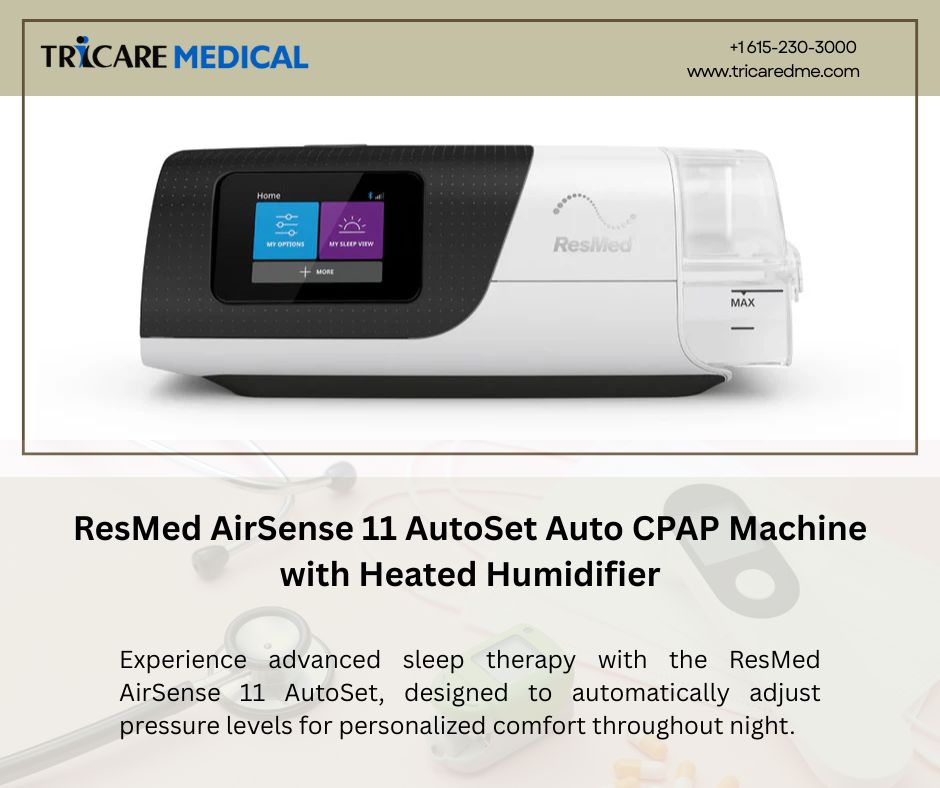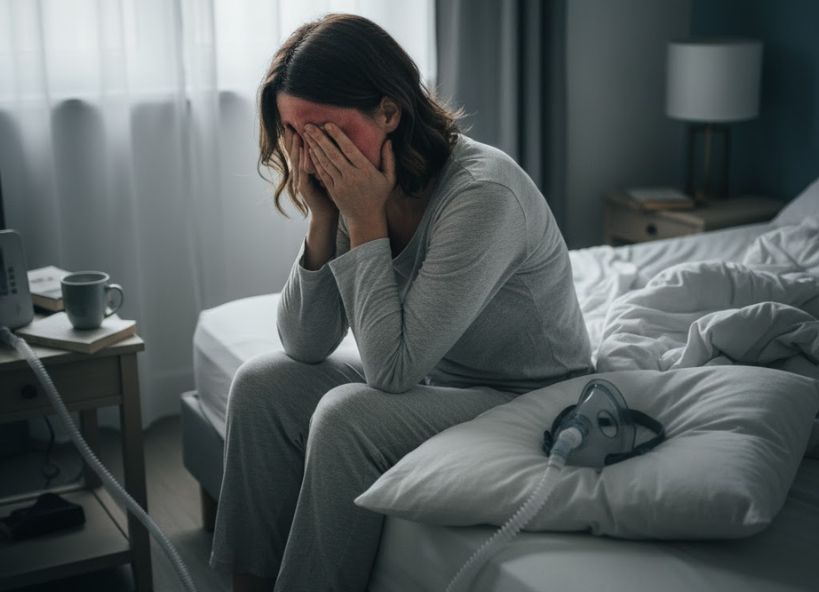When to Replace Your CPAP Supplies: A Guide to Maintaining Your Sleep Therapy
- 4 min reading time
Continuous Positive Airway Pressure (CPAP) therapy is a lifeline for millions managing sleep apnea. To ensure effective treatment and maintain hygiene, regularly replacing CPAP supplies is essential. Knowing when to replace each component can optimize performance, comfort, and health. This guide outlines the recommended replacement schedules for CPAP supplies and why timely replacements matter.
Why Regular Replacement Matters
CPAP equipment, like masks, filters, and tubing, undergoes wear and tear from daily use. Over time, these components can harbor bacteria, lose their seal, or become less effective, compromising therapy. Regular replacement ensures clean airflow, reduces infection risks, and maintains consistent pressure delivery. Following a replacement schedule also prevents unexpected equipment failures, ensuring uninterrupted sleep therapy.
CPAP Mask Replacement
The CPAP mask is the most critical component for comfort and effective therapy. Most manufacturers recommend replacing the mask every 3 to 6 months, depending on usage and material wear. Signs it’s time to replace include:
Cracks or tears in the cushion or seal, causing air leaks.
Stretched headgear that no longer holds the mask securely.
Discomfort or red marks from a poor fit.
Masks accumulate oils and bacteria from your skin, which can degrade materials and affect hygiene. Replacing the mask ensures a proper seal and reduces skin irritation.
Mask Cushions and Nasal Pillows
Mask cushions or nasal pillows, which directly contact your face, require more frequent replacement—typically every 2 to 4 weeks. These components wear out faster due to constant skin contact and cleaning. Replace them if you notice:
Loss of elasticity, leading to leaks or poor fit.
Discoloration or buildup that cleaning can’t remove.
Increased noise from air escaping.
Regularly replacing cushions or pillows maintains comfort and ensures effective pressure delivery for optimal therapy.
CPAP Tubing
CPAP tubing, or hoses, should be replaced every 3 to 6 months. Over time, tubing can develop micro-tears, collect moisture, or harbor mold if not properly dried. Replace tubing if you observe:
Visible damage, such as cracks or holes.
Discoloration or cloudiness inside the tube.
Odors that persist after cleaning.
Using a clean, intact tube prevents airflow restrictions and maintains hygiene, reducing the risk of respiratory infections.
Filters: Disposable and Reusable
CPAP machines use filters to keep air clean. There are two types:
Disposable filters: Replace every 1 to 2 months. These trap dust and particles but clog quickly.
Reusable filters: Clean monthly and replace every 6 months.
Check your machine’s manual for specific filter types. Clogged or dirty filters reduce airflow and strain the machine, so timely replacement is crucial for performance and air quality.
Humidifier Chambers
If your CPAP has a humidifier, the water chamber should be replaced every 6 to 12 months. Chambers can develop:
Mineral buildup that’s hard to clean.
Cracks or leaks, affecting humidification.
A clean chamber ensures proper humidification, preventing dry airways and enhancing comfort during therapy.
When to Replace Sooner
Certain factors may require replacing supplies earlier:
Frequent illness: If you’ve been sick, replace masks, cushions, and tubing to avoid re-infection.
Heavy use: Daily users may need to replace items at the shorter end of the schedule.
Environmental factors: Dusty or pet-filled homes may clog filters faster.
Inspect supplies regularly for wear and clean them according to manufacturer guidelines to extend their life.
Tips for Managing Replacements
Set reminders: Use a calendar or app to track replacement schedules.
Check insurance: Many plans cover CPAP supplies; verify your coverage to reduce costs.
Buy quality: Stick to manufacturer-recommended parts for compatibility and performance.
Read more: Which type of machine is good for sleep apnea CPAP or BiPAP
Final Thoughts
Regularly replacing CPAP supplies is vital for effective sleep apnea treatment. By adhering to a replacement schedule—masks every 3–6 months, cushions every 2–4 weeks, tubing every 3–6 months, filters every 1–6 months, and humidifier chambers every 6–12 months—you ensure clean, comfortable, and effective therapy. Stay proactive, monitor for wear, and consult your provider for personalized advice to keep your CPAP therapy at its best.



